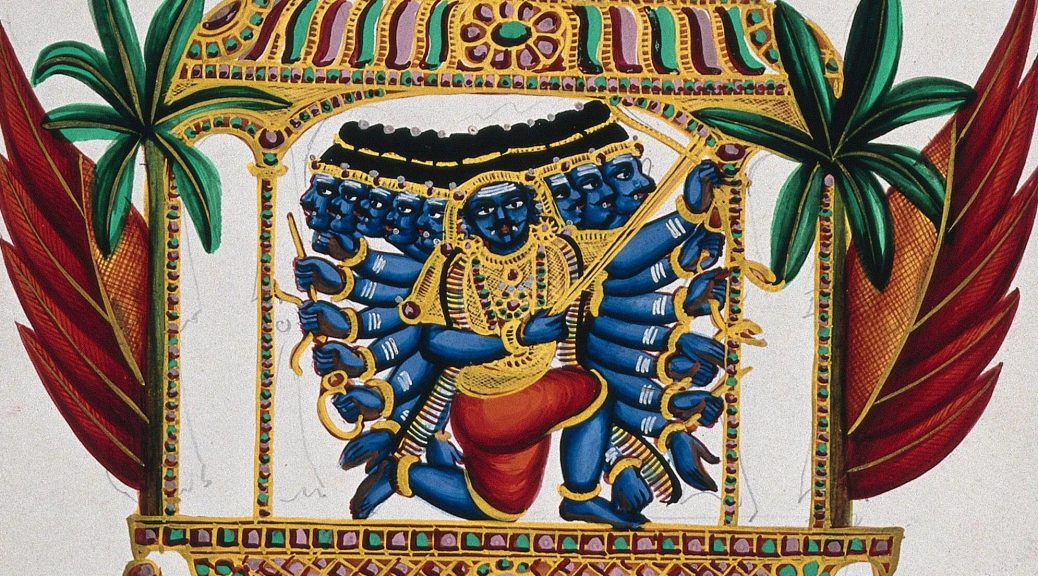The Indian civilization, one of the oldest civilizations in the world, has a strong tradition of math, science and technology. In ancient times, India was a place of great mathematicians. According to research, India was actively contributing to the field of math centuries before, teaching the world how to count. Many of the old Indian thoughts and methodologies have shaped and strengthened the foundations of mathematical calculations.
The Fibonacci sequence is a set of numbers in which each consecutive number is the sum of the two preceding numbers. Pingala mentions these Fibonacci numbers in relation with the Sanskrit tradition of prosody, and it first appears in Indian mathematics as mātrāmeru. Mathematicians Virahanka, Gopala, and Hemacandra later gave ways for producing these numbers, long before the Italian mathematician Fibonacci brought the interesting sequence to Western European mathematics.
Some of India’s mega-epics, such as the Mahabharata and Ramayana, as well as philosophical works like the Bhagavad Gita, were all poetry. In fact, the Mahabharata has around 1 lakh shlokas in its original poetry form.



As we can see, Pingala 2500 years ago described the Fibonacci Series and its extension, Pascal’s Triangle, as part of Chandas Shastra, with reference to Matra-Meru, and the concept has been utilized by Sanskrit poets for more than 2000 years.
Sanskrit poets, as well as Indian classical musicians (including Hindustani and Carnatic genres), have contributed to this tradition. For example, here’s an intriguing presentation (video embedded below this paragraph) of rhythms in Konnakol form, which is a type of Carnatic music, and you can see how it aligns with Pingala’s Chandas Shastra, which we now refer to as the Fibonacci Series.
Another important mathematical finding was The Chakravala method of Algorithms. The chakravala technique is a cyclic algorithm that can be used to solve indeterminate quadratic equations, such as Pell’s equation. It is usually assigned to Bhāskara II (c. 1114–1185 CE), however some say it was created by Jayadeva (c. 950–1000 CE). Jayadeva noted that Brahmagupta’s method for solving these types of equations could be generalized, and he went on to describe this general method, which was later developed by Bhāskara II in his Bijaganita treatise. The Chakravala technique was named after the Sanskrit word chakra, which means “wheel” and refers to the algorithm’s circular nature. No European performance at the time of Bhāskara , or much later, exceeded its amazing height of mathematical intricacy, according to C.-O. Selenius.

Many mathematical discoveries were made in India, some of which you may know about, while others not so much, these discoveries include; the Binary numbers, ruler measurements, the decimal system, numerical notations, the concept of zero, and much more. These are just a few that I loved researching about. It’s incredible to think that without modern technology, these mathematicians and scientists could achieve such heights that their discoveries are still known and are used today.
This article is part of a series titled “The Ancient Mysteries”
Feature image source
Reference:
- Rationale of the Chakravala Process of … – Msc.uky.edu. http://www.msc.uky.edu/sohum/ma330/files/Rationale-of-the-chakrav-la-process-of-Jayadeva-and-Bh-skara-II_1975_Historia-Mathematica.pdf
- Is It True That Fibonacci Was Inspired by Ancient Indian … https://www.quora.com/Is-it-true-that-Fibonacci-was-inspired-by-ancient-Indian-texts-when-he-wrote-numbers-commonly-denoted-by-F%E2%82%99-that-form-a-sequence-called-the-Fibonacci-sequence


